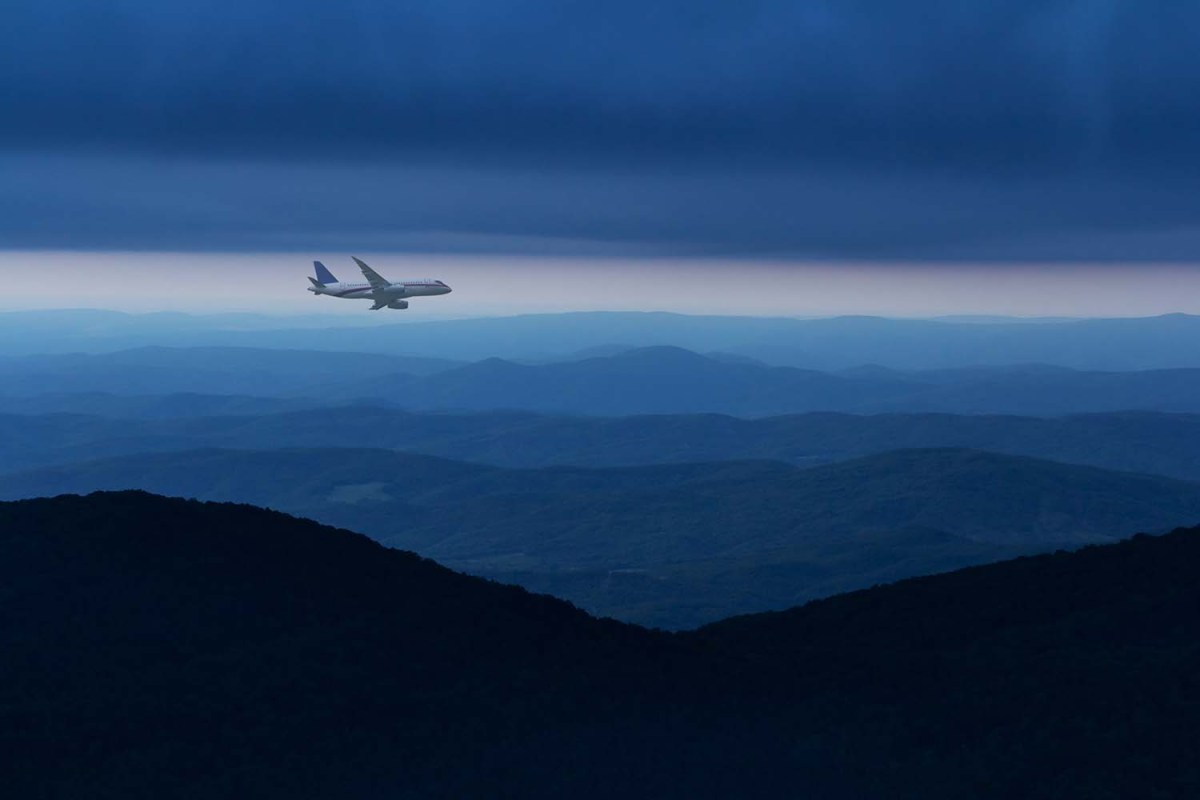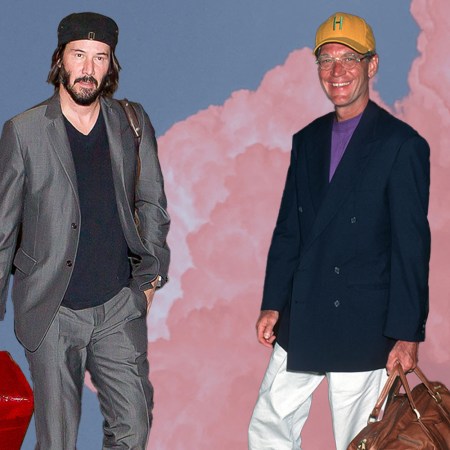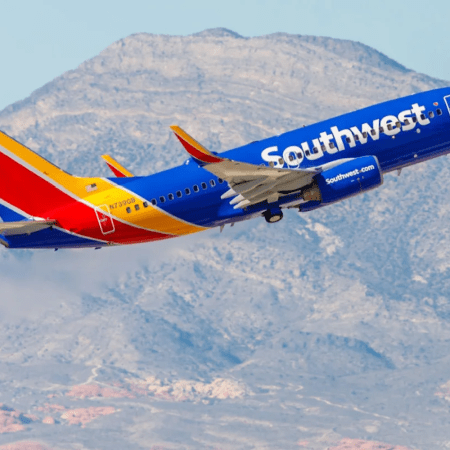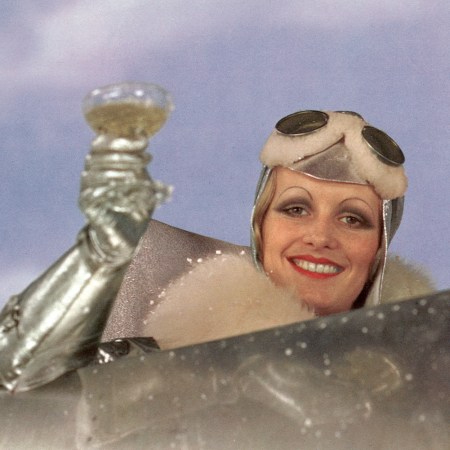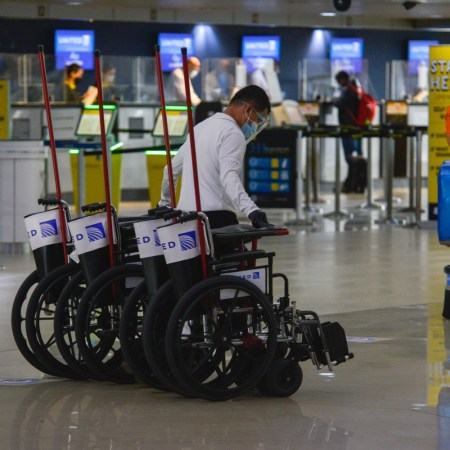If the continued development of autonomous cars is any indication of what’s to come in commercial aviation…everyone better buckle up. Literally and figuratively. Per a new report from Forbes, the use of self-flying planes is probably closer than you think. Some experts speculate they could be carrying passengers in the next decade.
“Aircraft manufacturers are working toward it. Airlines are eager for it. The Federal Aviation Administration (FAA) is preparing for it. And pilot unions acknowledge the threat is looming on the horizon,” Suzanne Rowan Kelleher wrote.
The U.S. military has long relied on self-flying planes, but always in a very contained environment. The idea of integrating the technology into the commercial airspace is a novel one. And if you guessed money was the driving incentive to do so, you’re right.
According to a report from the Swiss bank UBS from a few years back, it was estimated that autonomous planes could potentially save the aviation industry more than $35 billion per year.
This Startup Wants to “Democratize Space” With Balloon Flights
For just $180,000, you can travel 15 miles into the stratosphere for unobstructed views of outer spaceThat said, the potential for tens of billions in savings does little to quell passenger fears. According to a second survey, the overwhelming majority of people reported that they’d be unwilling to fly in a plane sans pilot — even if the airfare were cheaper. If the industry can’t change people’s perception of autonomous planes, there won’t be any money saved. There won’t be money at all.
Prior to the pandemic, it was standard procedure to have two pilots on the flight deck should something happen to the first, a not altogether infrequent occurrence. In an effort to combat the pilot shortage, however, some airlines began pushing the FAA to amend that regulation. Many would argue that even that is premature.
“They’re talking about taking out that backup human system,” Dennis Tajer, pilot and spokesman for the Allied Pilots Association, told Forbes. “Having that second pilot can be the difference between people getting hurt or them getting through an incident safely. And that’s because no matter how much technology you have, the importance of having another human being who has as much at risk and is committed to protecting those passengers in the back is what makes our safety system so successful here in the U.S.”
Now when you put it that way…
Thanks for reading InsideHook. Sign up for our daily newsletter and be in the know.
